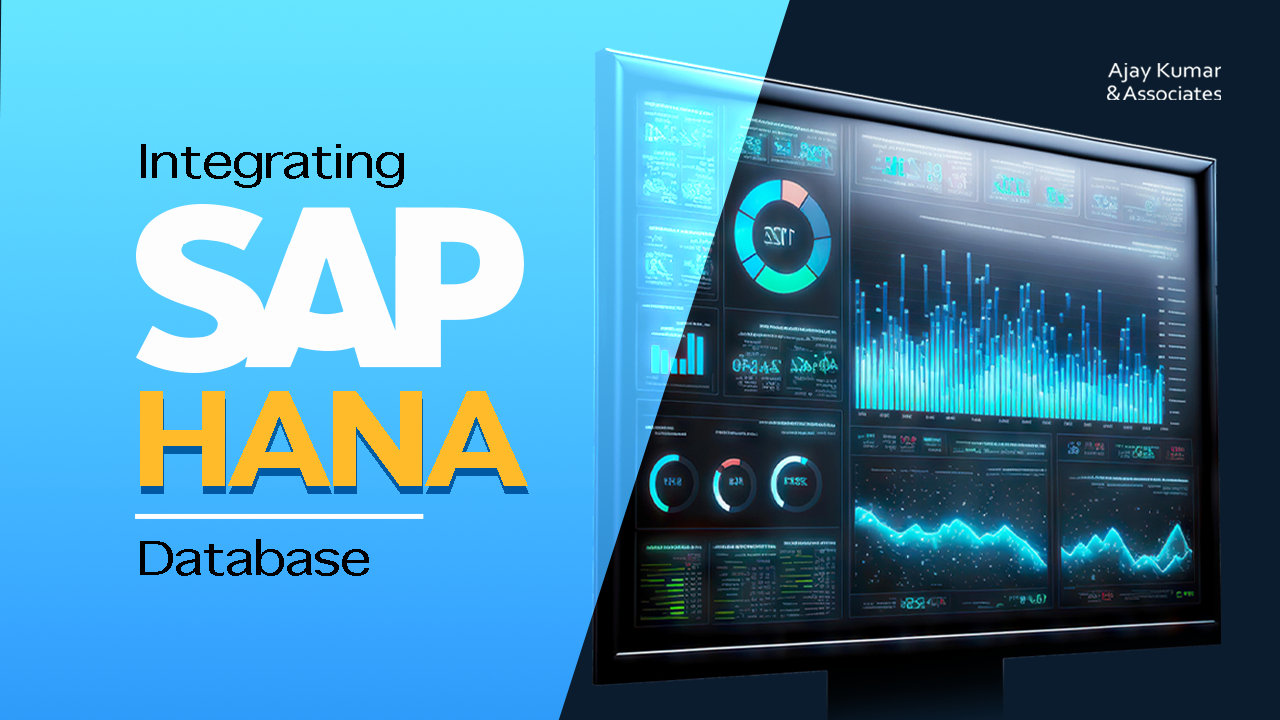The Power of Your Data With Sap Hana and Power Bi
Integrating SAP HANA with Power BI can provide numerous benefits for organizations looking to leverage their data for better decision-making and analytics. Here are some reasons why integrating SAP HANA with Power BI is advantageous:
1. Enhanced Data Visualization:
Powerful Visualizations: Power BI offers robust and interactive data visualization capabilities, allowing users to create detailed and dynamic reports and dashboards.
Real-time Analytics: With SAP HANA’s in-memory computing, data can be processed in real-time, providing up-to-date insights in Power BI.
2. Seamless Data Integration:
Direct Connection: Power BI can connect directly to SAP HANA, ensuring that data is pulled directly from the source without the need for intermediate data storage or ETL processes.
Unified Data Source: This integration allows combining data from SAP HANA with other data sources in Power BI, providing a comprehensive view of the business.
3. Performance and Speed:
In-Memory Processing: SAP HANA’s in-memory architecture ensures high-speed data processing, which complements Power BI’s capability to handle large datasets efficiently.
Optimized Queries: Power BI’s query folding feature can push complex calculations and transformations down to SAP HANA, leveraging its powerful processing capabilities and improving performance.
4. Advanced Analytics:
Complex Data Models: SAP HANA supports advanced data modelling, which can be utilized within Power BI to perform complex analytics.
Machine Learning Integration: SAP HANA’s predictive analytics capabilities can be combined with Power BI’s data visualization to present predictive insights in an easily understandable format.
5. Improved Decision Making:
Real-Time Insights: Access to real-time data and analytics helps in making timely and informed decisions.
Collaborative Features: Power BI’s sharing and collaboration features allow stakeholders to access, share, and collaborate on reports and dashboards easily.
6. Scalability and Flexibility:
Scalable Solutions: Both SAP HANA and Power BI are scalable solutions that can grow with the organization’s needs, ensuring that the infrastructure can handle increasing data volumes and user demands.
Flexible Deployment: Power BI offers flexibility in deployment, whether on-premises, in the cloud, or in hybrid environments, accommodating various organizational requirements.
7. User-Friendly Interface:
Ease of Use: Power BI is known for its user-friendly interface, making it accessible to business users and reducing the reliance on IT for generating reports and insights.
Self-Service BI: Business users can create their own reports and dashboards using data from SAP HANA without needing deep technical knowledge.
8. Cost Efficiency:
Reduced IT Burden: By enabling self-service analytics and reducing the need for custom reporting solutions, the integration can lower IT workload and costs.
Leverage Existing Investments: Organizations that already use SAP HANA can maximize their investment by integrating it with Power BI for enhanced analytics capabilities.
Integrating SAP HANA with Power BI thus provides a powerful combination of real-time data processing, advanced analytics, and interactive data visualization, empowering organizations to make data-driven decisions more effectively.

